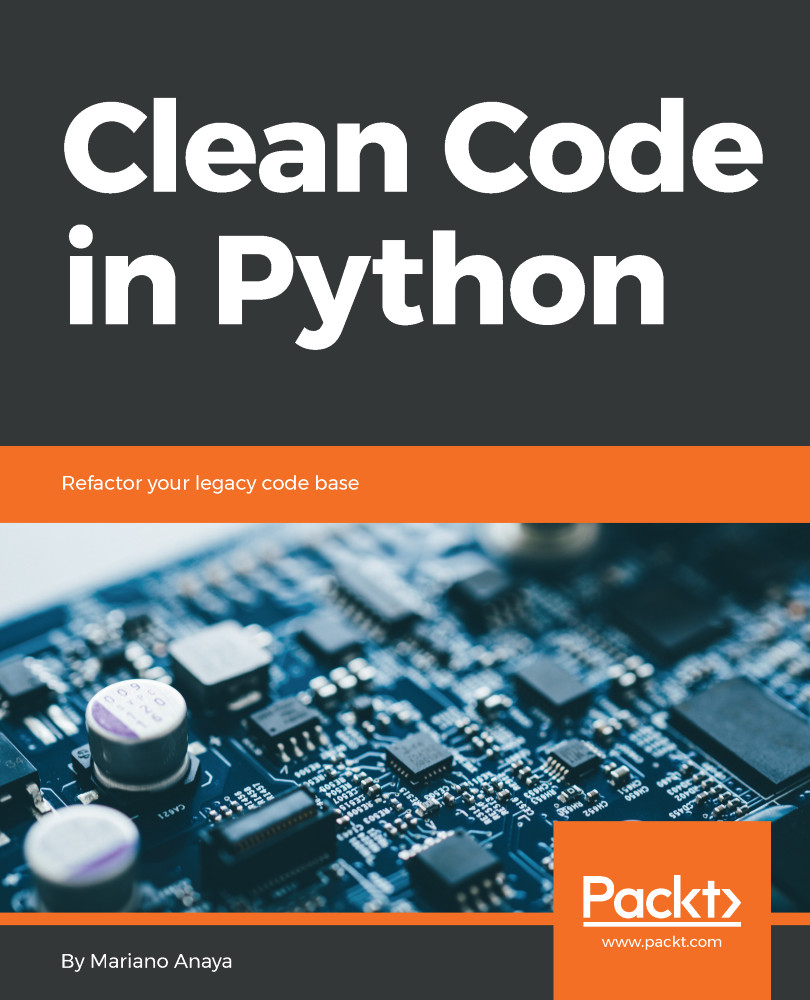Generators were introduced in Python a long time ago (PEP-255), with the idea of introducing iteration in Python while improving the performance of the program (by using less memory) at the same time.
The idea of a generator is to create an object that is iterable, and, while it's being iterated, will produce the elements it contains, one at a time. The main use of generators is to save memory—instead of having a very large list of elements in memory, holding everything at once, we have an object that knows how to produce each particular element, one at a time, as they are required.
This feature enables lazy computations or heavyweight objects in memory, in a similar manner to what other functional programming languages (Haskell, for instance) provide. It would even be possible to work with infinite sequences because the lazy nature of generators...


